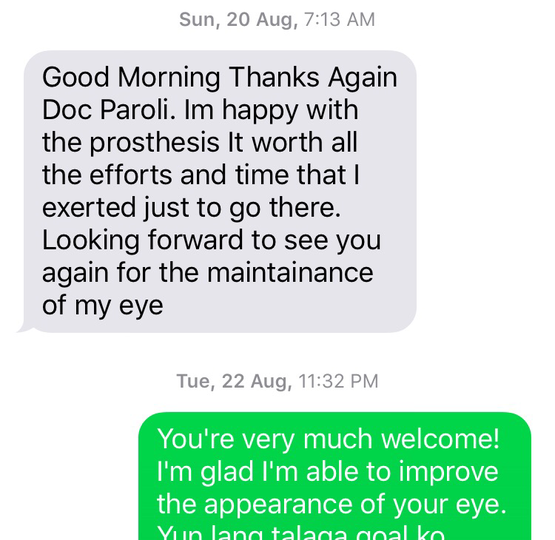 Another happy patient. At first, she was hesitant to have an Artificial eye fitting done because of how far her location is to my clinic. We had to compress her Artificial eye fitting from three days to two days so that we could lessen her visiting time. The result was good and even I was happy of the result. It was a good for for an Artificial eye fitting.
2 Comments
Prosthetic Eye dryness, Why, What and how.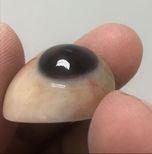 Artificial Eye users may experience Prosthetic Eye Dryness while using their prosthesis. To learn more on why this dryness occur, I divided this post in 4 segments.
What are Tears? Tears are watery substances secreted by our Lacrimal Gland. Aside from preventing our Eyes from getting dry, it also serves as a cleaning agent to protect our eyes from infectious agents and It plays a part in the osmotic regulation. What makes up the Tears? Our tears are made up 3 distinct layers. Namely:
- it coats the cornea and provides a hydrophilic layer. It's what makes the tears film evenly distributed all over the cornea. There are three reasons how a person, regardless if they are a Prosthetic Eye user or not, can experience Dryness. First, There could be a decrease in the production of Tears
Recommendation There are many lubricants that can be used to alleviate Prosthetic Eye dryness. The difference between an Artificial Eye and a Natural Human Eye is that a Human Eye doesn’t usually need a more viscous substance, unless they have severe dry eye. As for an Artificial Eye, a more viscous substance is recommended to bring back the comfort of wearing the Prosthetic Eye. Some Examples that could serve as a lubricant: Artificial Eye Drops
Note: I recommend a more viscous Artificial tear especially to patients whose eyelids are partially opened and/or doesn't close close entirely when asleep or when blinking. 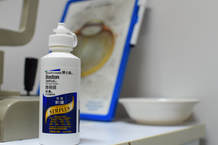 Hard contact Lens Solution
Ophthalmic Gels
This page is all about Information on Maintaining, cleaning, removing and taking care of Artificial Eyes. Cleaning your Prosthetic eye could have many effects in your eye socket as well as to the Prosthetic Eye itself. Correctly handling your prosthetic eye could lessen the chances of inflammation or infections in your eyelid as well as prolong the health an Artificial eyes. How to remove an Artificial eye: To avoid infection, make sure to wash your hands properly with an Anti-Bacterial Soap. Avoid removing Artificial Eyes in a surface where it might get lost if it falls. (Eg. Sink or Toilet) To Remove:
Note: There are other many ways to remove your prosthetic eye and the easiest is using a suction cup. To Insert:
Click here to know more about professional polishing of prosthetic eye. As well as the importance of having your prosthetic eye cleaned by your Doctor. Have Questions or inquiries? You can easily contact me here
|
Welcome to my blogsiteThis is where my updates and stories about my practice in the art of making Artificial Eyes are posted Archives
July 2021
Categories
All
|
First time to wear prosthesis? Consultations are free!
|
HoursTues-Sat: 11:30am - 5:00pm
SM City Clark, Clark Field, Pampanga |
Telephone(045)499-0122
09324617478
09268903097
|
|

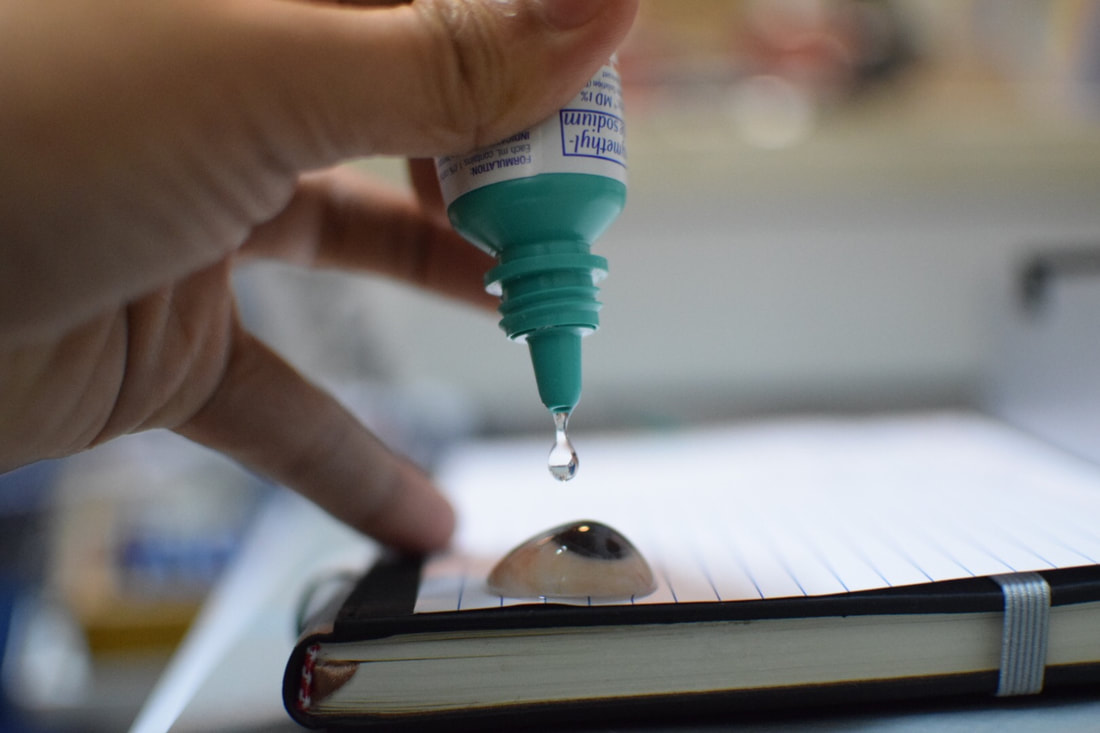
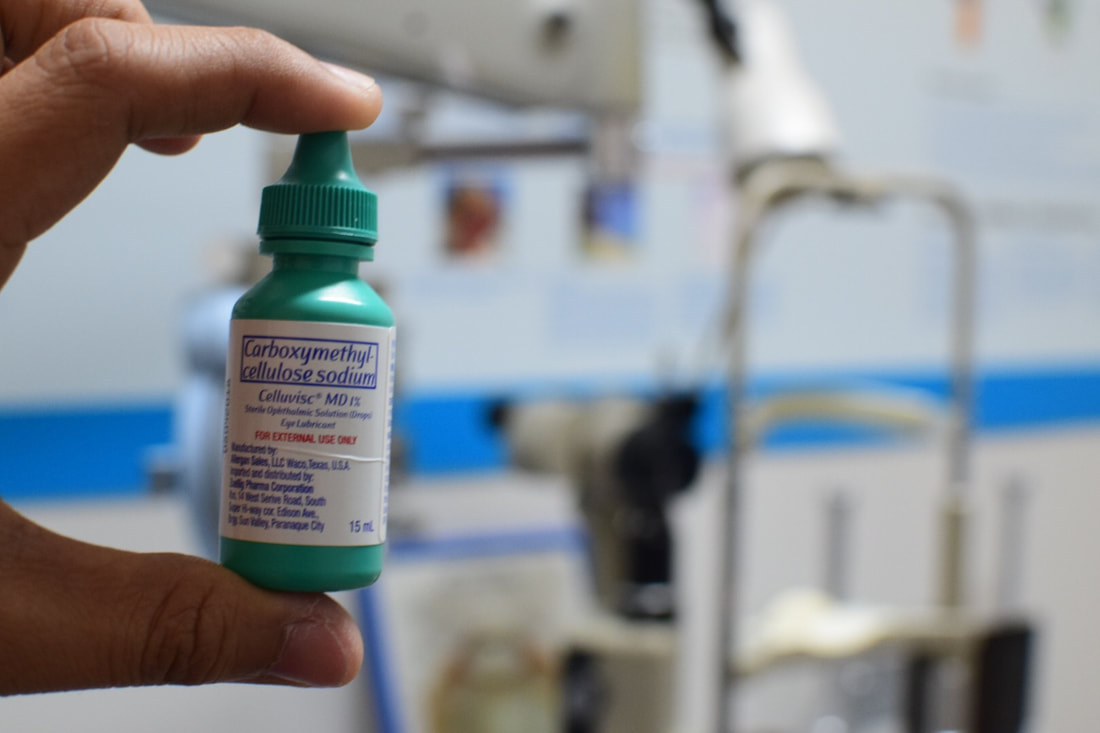
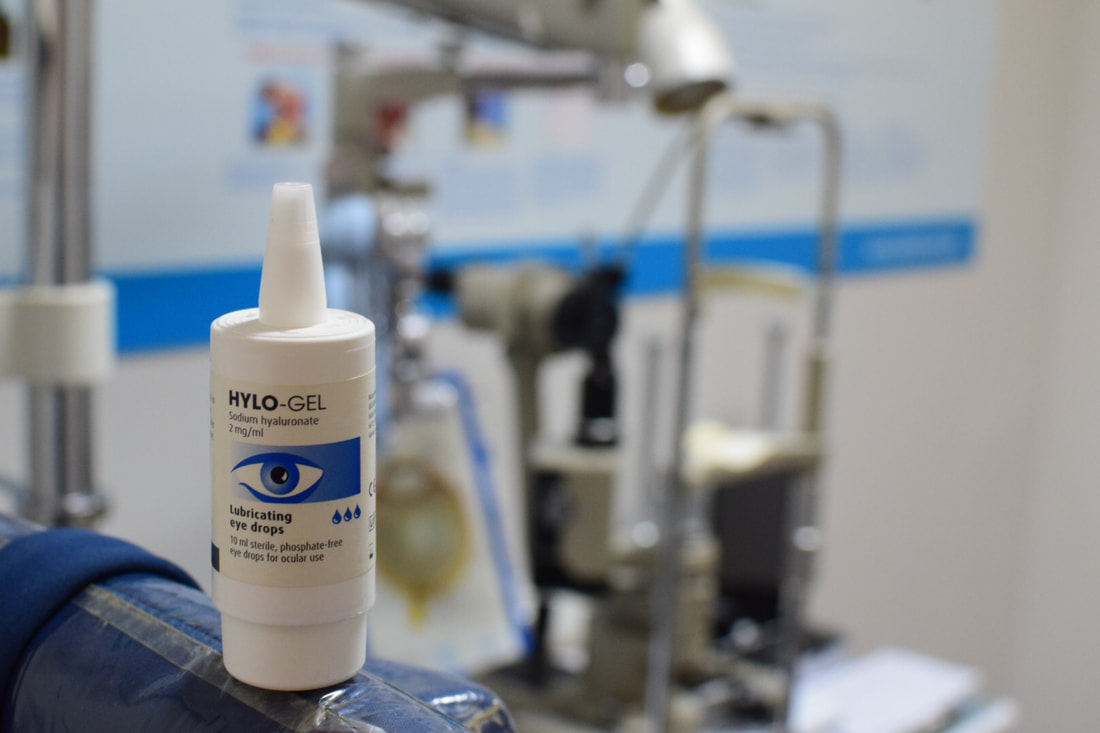
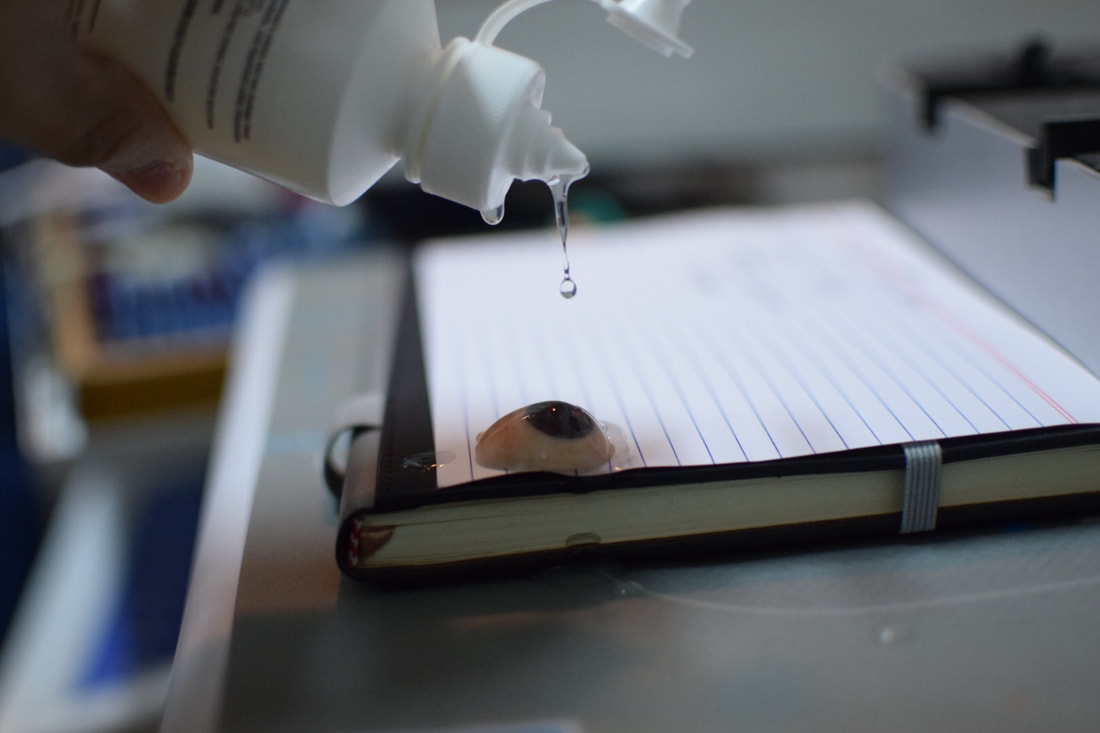
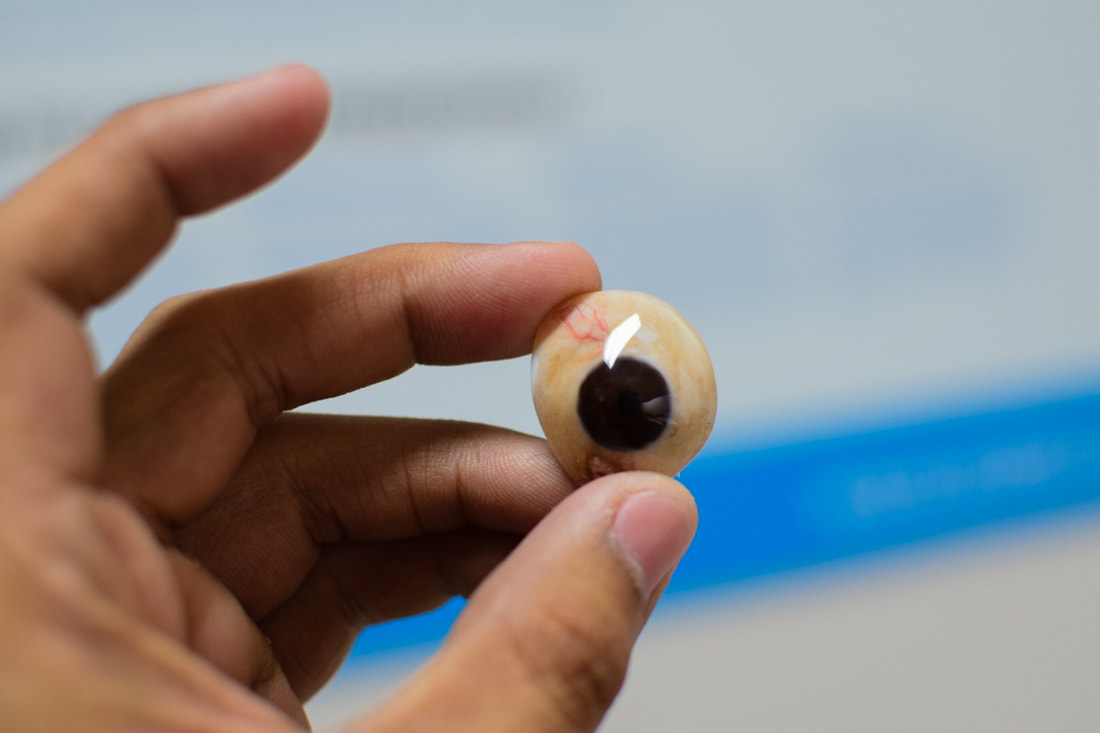
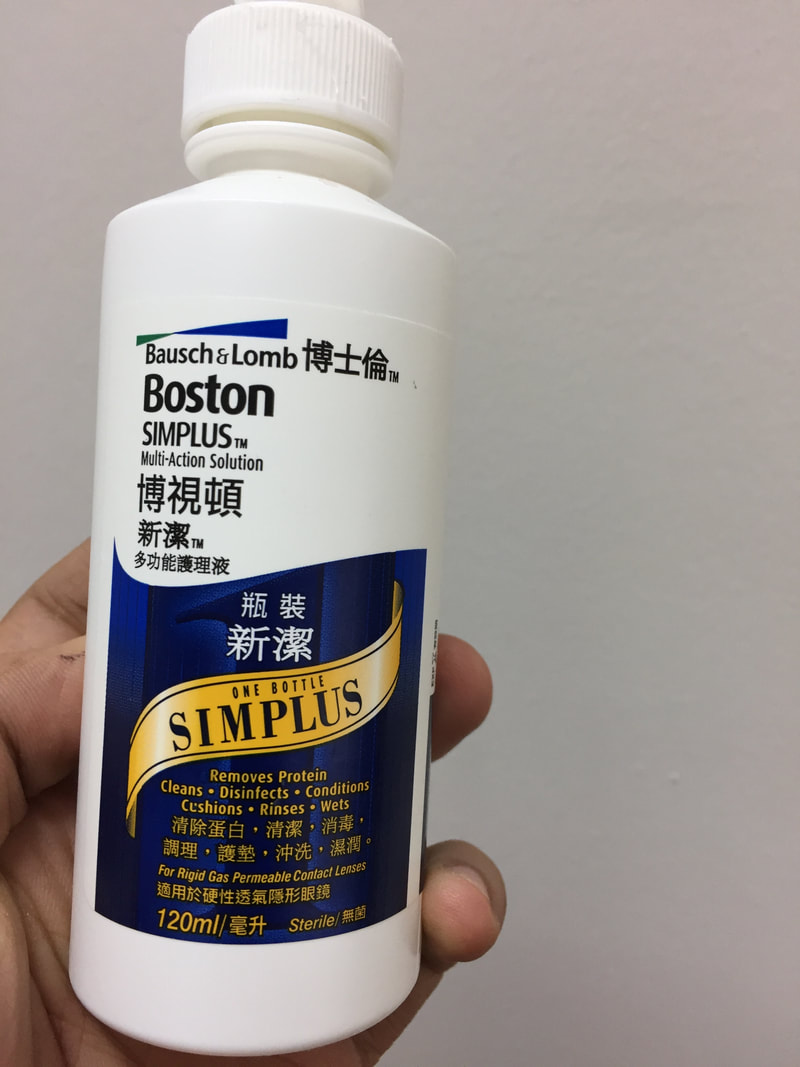
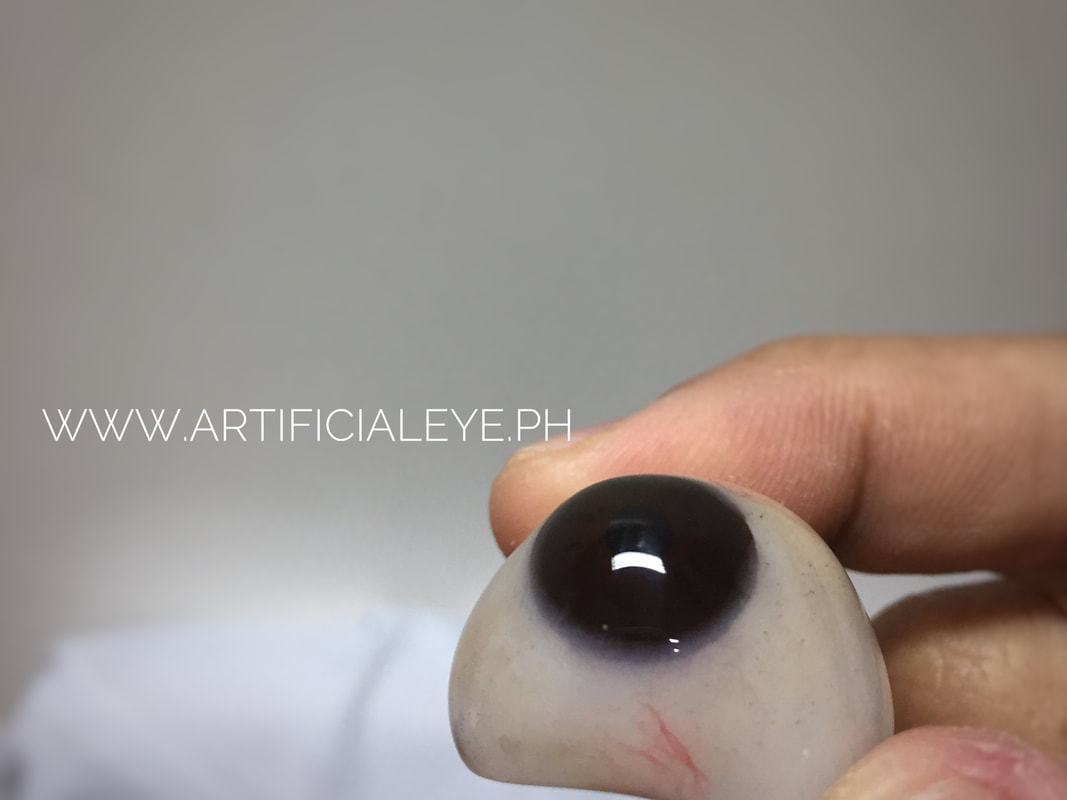
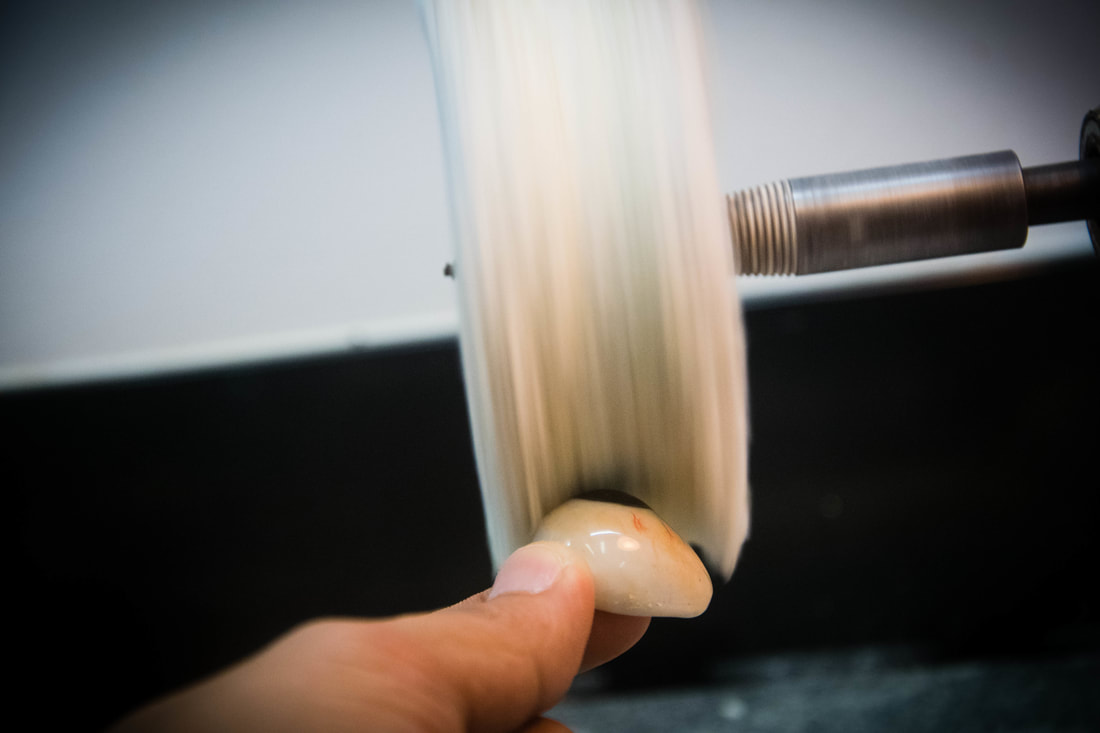
 RSS Feed
RSS Feed